Home>Kitchen & Cooking>Kitchen Gadgets & Utensils>What Size Stand Mixer Do I Need
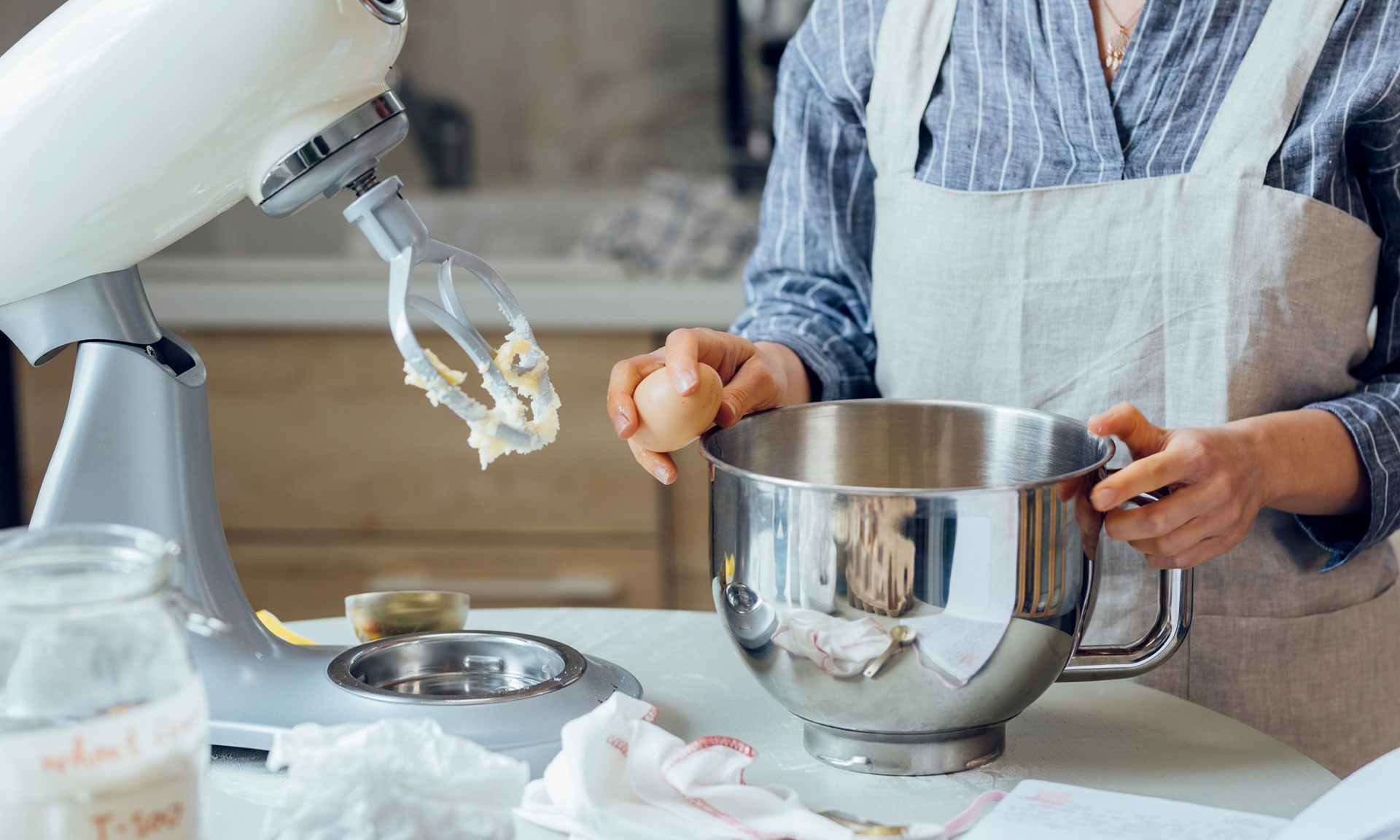

Kitchen Gadgets & Utensils
What Size Stand Mixer Do I Need
Modified: January 20, 2024
Find the perfect stand mixer size for your kitchen with our comprehensive guide. Discover the best kitchen gadgets and utensils for your cooking needs.
(Many of the links in this article redirect to a specific reviewed product. Your purchase of these products through affiliate links helps to generate commission for Storables.com, at no extra cost. Learn more)
Introduction
When it comes to equipping your kitchen with the right tools, a stand mixer is a game-changer. Whether you’re an avid baker, a passionate cook, or simply someone who enjoys experimenting with recipes, a stand mixer can make your culinary endeavors infinitely more convenient and enjoyable. However, before diving into the world of stand mixers, it’s crucial to determine the right size for your specific needs. Understanding the factors that influence the choice of stand mixer size and familiarizing yourself with the available options will empower you to make an informed decision. This guide will walk you through the essential considerations and help you identify the ideal size stand mixer for your kitchen.
Key Takeaways:
- Choose a stand mixer size based on your cooking habits, kitchen space, and budget. Compact mixers suit light tasks, medium mixers offer versatility, and large capacity mixers handle heavy-duty baking.
- Consider your cooking frequency and recipe variety when selecting a stand mixer. Compact mixers are great for light tasks, medium mixers offer versatility, and large capacity mixers handle heavy-duty baking.
Read more: What Size Mixer Do I Need
Factors to Consider
Choosing the right size stand mixer involves evaluating several key factors that align with your culinary habits, kitchen space, and intended use. Here are the primary considerations to keep in mind:
- Cooking and Baking Frequency: Assess how often you cook or bake, as this will influence the capacity and power you need in a stand mixer. For regular or large-batch baking, a larger stand mixer may be more suitable, while occasional or smaller-scale use may warrant a compact model.
- Recipe Variety and Complexity: Consider the types of recipes you typically prepare. If you frequently work with heavy doughs, such as bread or pizza dough, a more powerful and spacious stand mixer will be essential. Conversely, if you primarily mix light batters or whip creams, a smaller model may suffice.
- Kitchen Space: Evaluate the available space in your kitchen. If your countertop or storage area is limited, opting for a more compact stand mixer may be practical. However, if space is not a concern, you can explore larger models with additional features.
- Budget: Determine your budget for a stand mixer. Larger and more powerful models often come with a higher price tag, so it’s important to strike a balance between your budget and the features you require.
- Future Needs: Anticipate any potential changes in your cooking or baking habits. If you foresee an increase in the frequency or scale of your culinary endeavors, investing in a larger stand mixer capable of accommodating future needs may be wise.
By carefully considering these factors, you can narrow down the options and pinpoint the most suitable size stand mixer for your specific requirements.
Types of Stand Mixers
Stand mixers come in various types, each offering unique features and capabilities. Understanding the distinctions between these types will aid in selecting the most suitable stand mixer size for your culinary needs. Here are the primary types of stand mixers:
- Compact Stand Mixers: These smaller stand mixers are ideal for kitchens with limited space. While they offer a smaller capacity and may have less powerful motors, they are perfect for light mixing tasks and are often more affordable than larger models.
- Medium Stand Mixers: Medium-sized stand mixers strike a balance between capacity, power, and countertop footprint. They are versatile enough to handle a wide range of recipes and are suitable for moderate baking and cooking needs.
- Large Capacity Stand Mixers: Designed for serious bakers and cooking enthusiasts, large capacity stand mixers boast powerful motors and spacious bowls, allowing them to effortlessly handle heavy doughs, large batches of batter, and other demanding tasks. These stand mixers are a staple in commercial kitchens and households with extensive culinary pursuits.
- Professional-Grade Stand Mixers: Professional-grade stand mixers are engineered for heavy-duty use in commercial settings, such as bakeries and restaurants. They are characterized by robust construction, high-capacity bowls, and powerful motors capable of tackling continuous and demanding mixing tasks.
Each type of stand mixer caters to specific culinary requirements, and choosing the right size entails considering the intended use, available space, and budget. By assessing the features and capabilities of these stand mixer types, you can make an informed decision when determining the ideal size for your kitchen.
Consider the size of your typical batch when choosing a stand mixer. For smaller batches, a 4-5 quart mixer should suffice. If you often make larger batches or heavy doughs, opt for a 6-7 quart mixer.
Recommended Stand Mixer Sizes
Choosing the recommended stand mixer size involves aligning the capacity and power of the mixer with your culinary needs and kitchen space. Here are the recommended stand mixer sizes based on various usage scenarios:
- Compact Stand Mixers (3-4 Quarts): If you have limited countertop space or primarily engage in light mixing tasks, such as whipping creams, making small batches of cookie dough, or mixing cake batters, a compact stand mixer with a 3-4 quart capacity may be ideal. These smaller mixers are also suitable for occasional bakers and individuals with modest kitchen space.
- Medium Stand Mixers (4.5-6 Quarts): For versatile mixing capabilities and the ability to handle a wide range of recipes, a medium-sized stand mixer with a 4.5-6 quart capacity is recommended. This size can accommodate moderate batch sizes of bread dough, cookie dough, and cake batter, making it suitable for regular home bakers and cooking enthusiasts.
- Large Capacity Stand Mixers (6-7 Quarts and Above): Serious bakers, culinary enthusiasts, and individuals who frequently prepare large batches of dough or batter will benefit from a large capacity stand mixer. With a capacity of 6-7 quarts or more, these mixers can effortlessly handle heavy bread dough, multiple batches of cookies, and other demanding recipes, making them essential for avid home bakers and small-scale commercial use.
It’s important to note that the power of the stand mixer’s motor should also be considered alongside the bowl capacity. For heavy-duty mixing tasks, such as kneading stiff bread dough, a more powerful motor is essential, regardless of the bowl size.
Ultimately, the recommended stand mixer size for your kitchen hinges on a careful assessment of your cooking and baking habits, available space, and the types of recipes you frequently prepare. By matching your needs with the appropriate capacity and power, you can ensure that your stand mixer becomes an invaluable asset in your culinary pursuits.
Conclusion
Choosing the right size stand mixer is a pivotal decision that can significantly enhance your culinary experiences. By considering factors such as your cooking and baking frequency, recipe variety, kitchen space, budget, and future needs, you can pinpoint the ideal stand mixer size that aligns with your requirements. Understanding the types of stand mixers available, including compact, medium, large capacity, and professional-grade models, further empowers you to make an informed choice.
When it comes to recommended stand mixer sizes, opting for a compact stand mixer (3-4 quarts) is suitable for light mixing tasks and limited kitchen space, while a medium-sized stand mixer (4.5-6 quarts) offers versatility for a wide range of recipes. For heavy-duty mixing and large batch requirements, a large capacity stand mixer (6-7 quarts and above) is essential, especially for avid home bakers and small-scale commercial use.
Ultimately, the right stand mixer size for your kitchen hinges on a thoughtful evaluation of your culinary habits and the intended use of the mixer. By selecting a stand mixer that seamlessly integrates with your cooking and baking routines, you can elevate your kitchen prowess and unleash your creativity with confidence.
Armed with the knowledge of stand mixer sizes and their respective capabilities, you are well-equipped to embark on your culinary adventures with a stand mixer that perfectly complements your culinary aspirations.
Frequently Asked Questions about What Size Stand Mixer Do I Need
Was this page helpful?
At Storables.com, we guarantee accurate and reliable information. Our content, validated by Expert Board Contributors, is crafted following stringent Editorial Policies. We're committed to providing you with well-researched, expert-backed insights for all your informational needs.
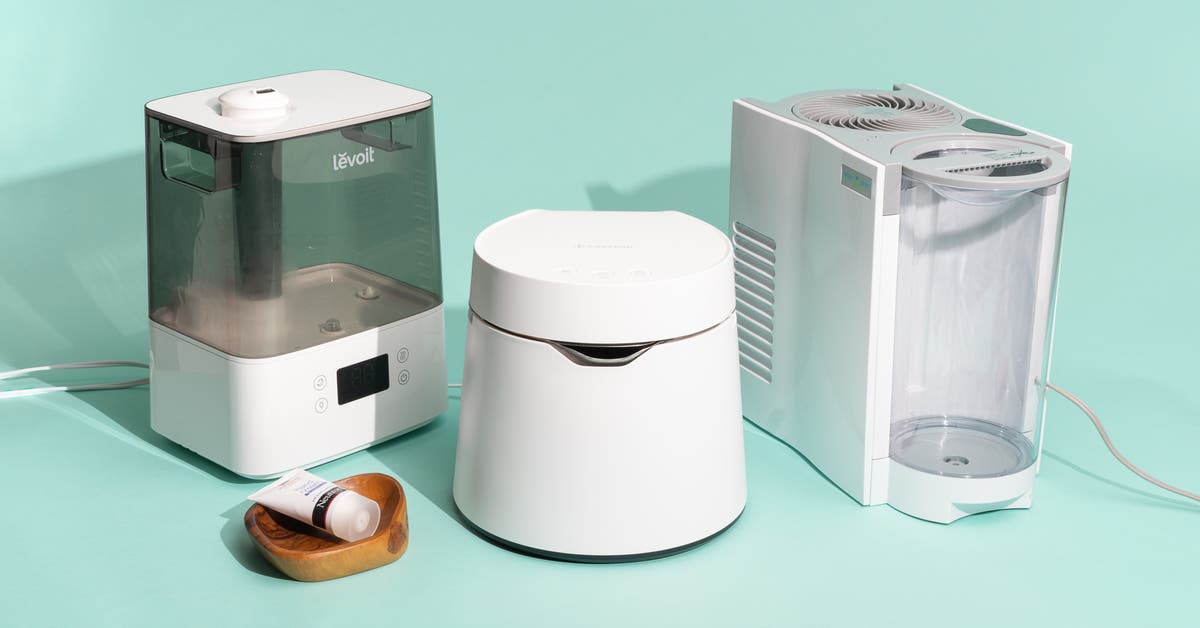


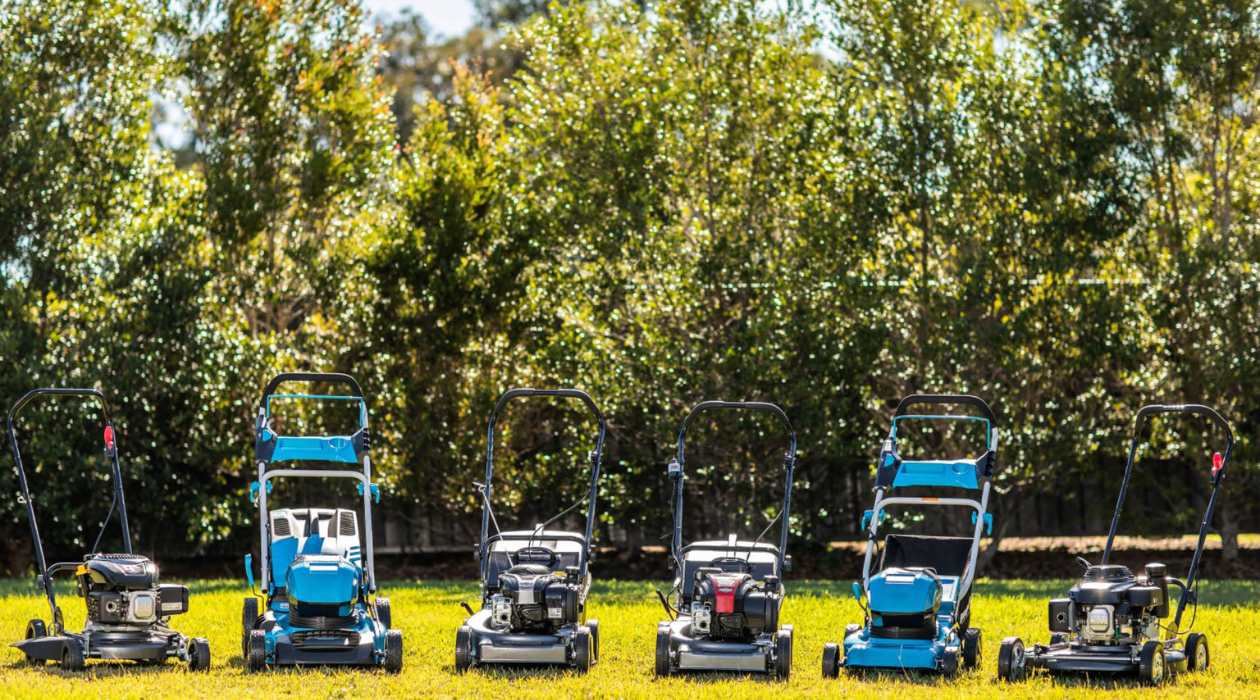

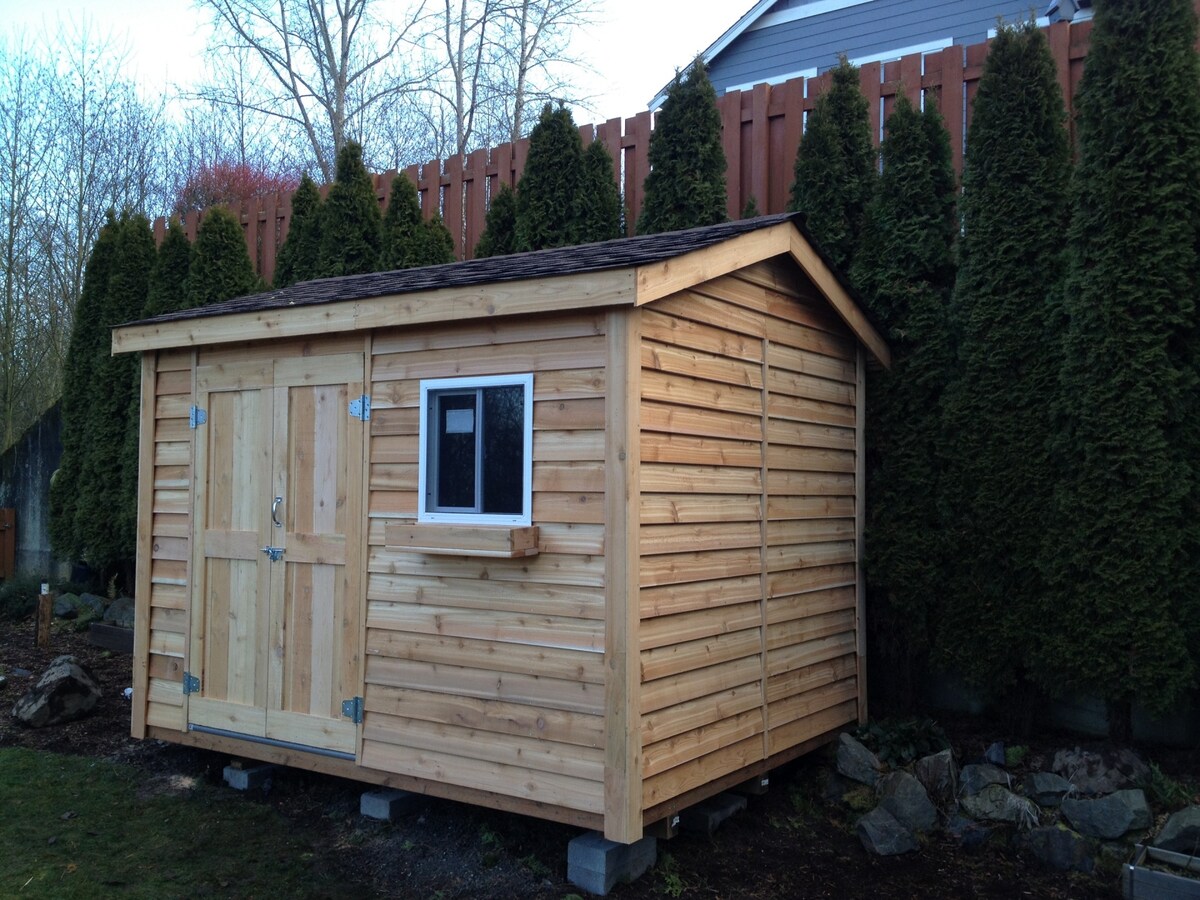
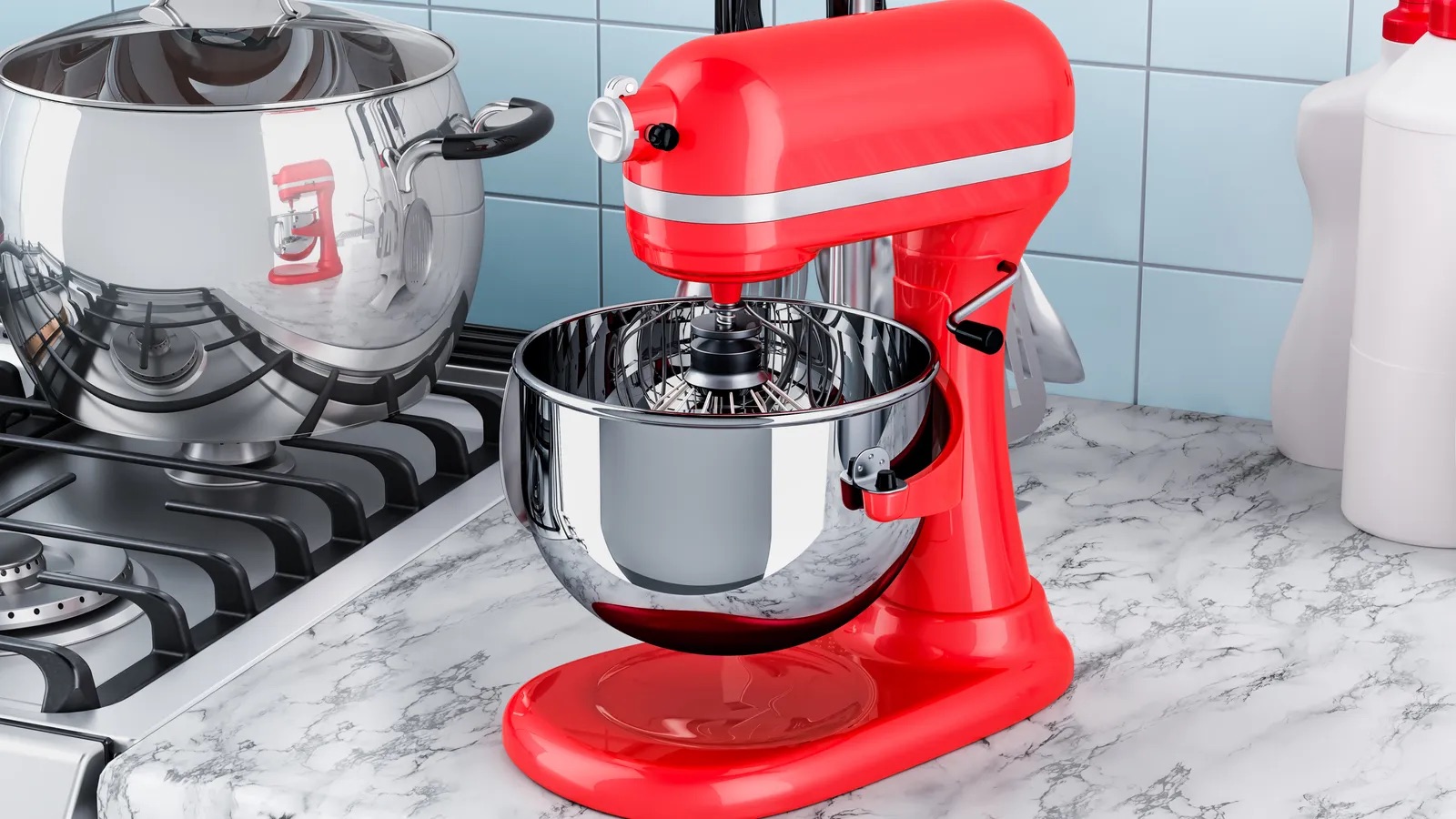
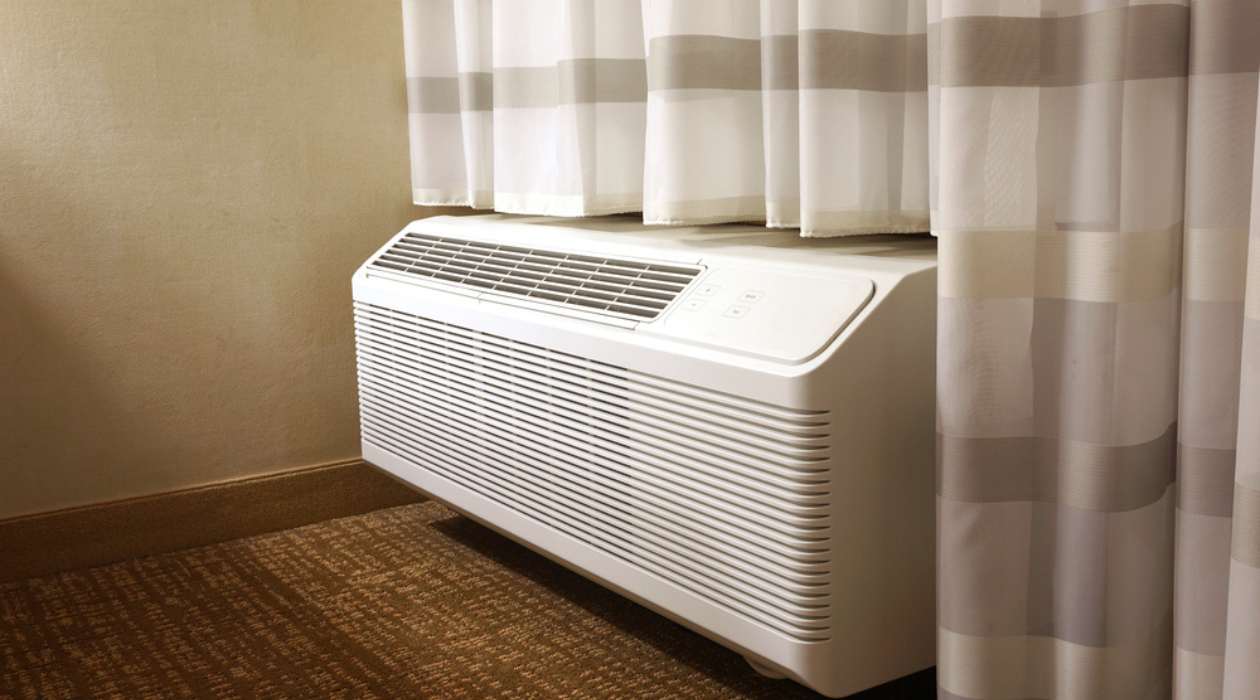

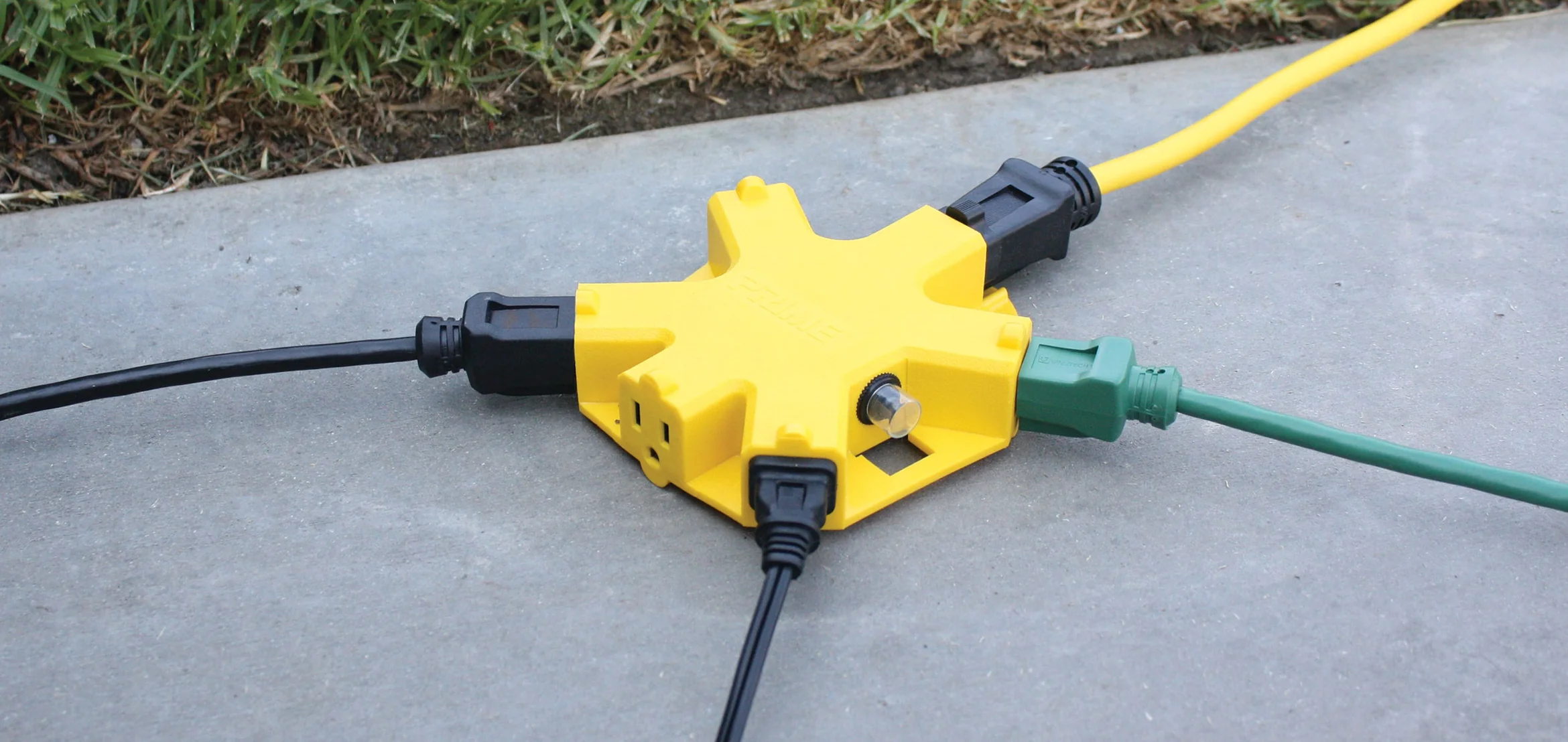

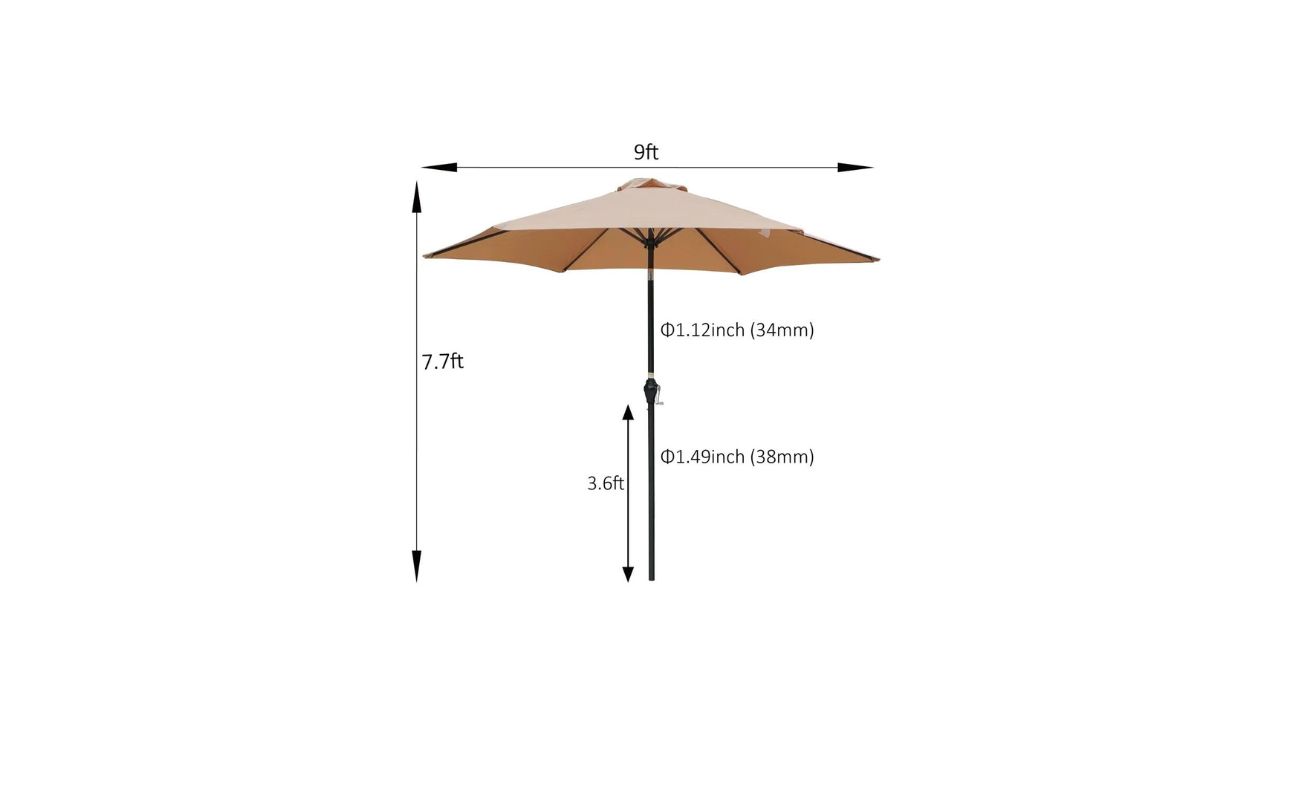
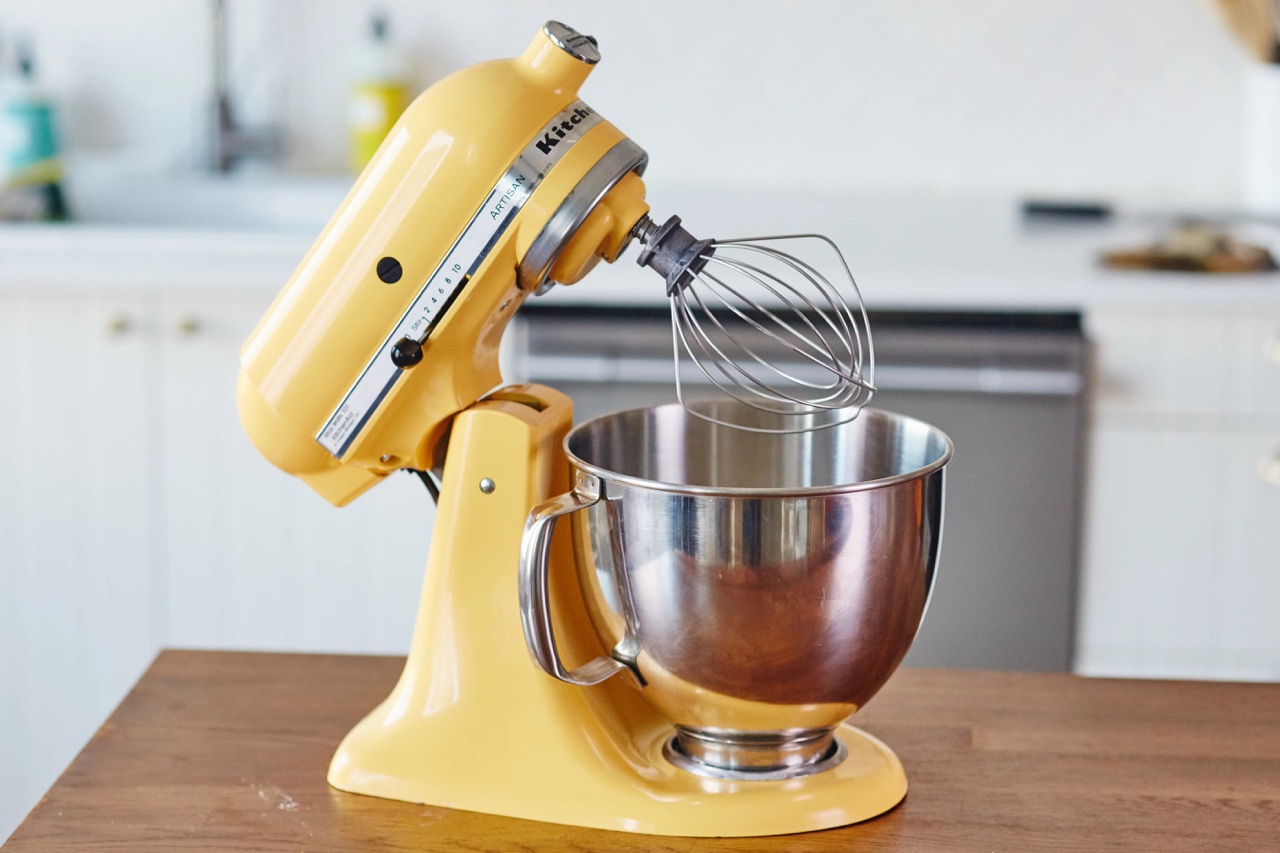

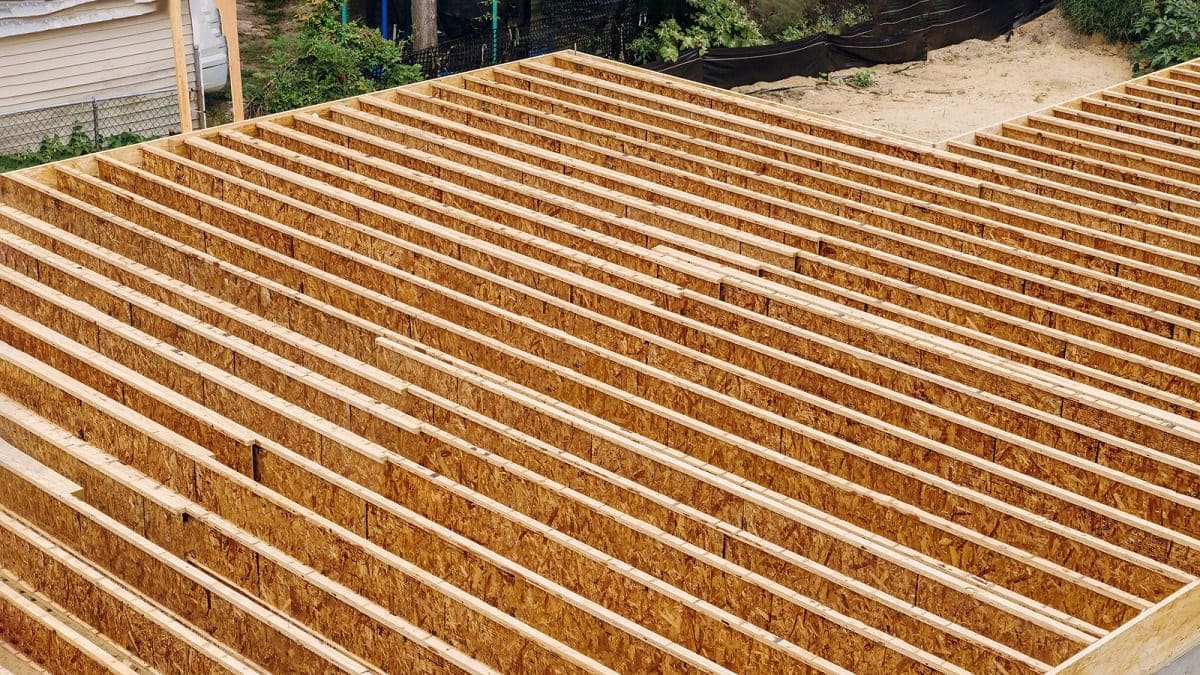

0 thoughts on “What Size Stand Mixer Do I Need”